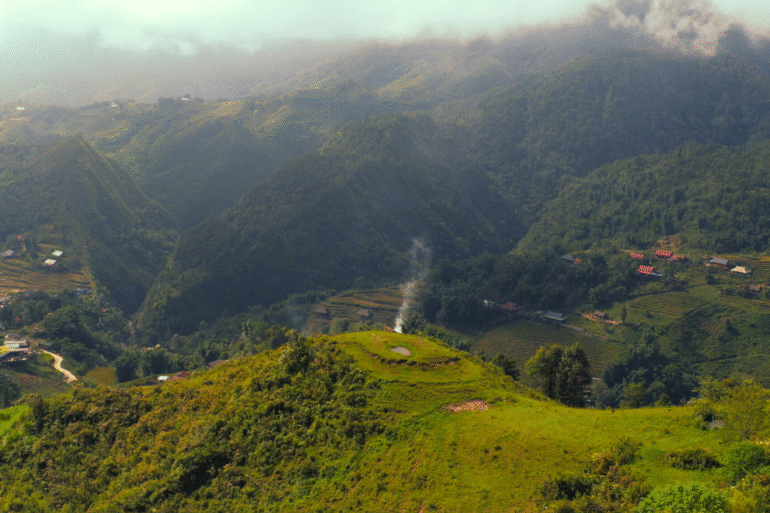Since 1958, the Chidori-ga-fuchi Moat Lantern Festival turns Tokyo into a visual spectacle, beaming with thousands of floating lanterns on the Imperial Palace’s moat.
Tokyo is arguably most romantic during sakura season, when the bustling metropolis is transformed into a fairytale-like landscape filled with pink and white blossoms. But if you think that you’ve already seen the most magic the city can offer, think again. Beyond spring, Tokyo is also flocked by tourists for its lantern festivals, which radiate the city’s beauty in ways many may not know.
One of these is the Chidori-ga-fuchi Moat Lantern Festival, which is among the prettiest festivities in summertime Tokyo. The event, which dates back to 1958, is a traditional Japanese floating lantern festival taking place at the Imperial Palace every July.
Organized by Chiyoda City Tourism Association, the Chidori-ga-fuchi Moat Lantern Festival sees over 2,000 lantern lights shimmer on the surface of the wide moats surrounding the popular park. These lanterns, according to the association, symbolize the “gratitude, hope, and wishes for peace” that people—residents and tourists alike—hold in their hearts.
The result is a solemn and magical scenery which is seemingly taken straight out of a fairytale. Just a three-hour flight away from Manila, this festival is a bucket list item, right in our neighbor’s backyard.
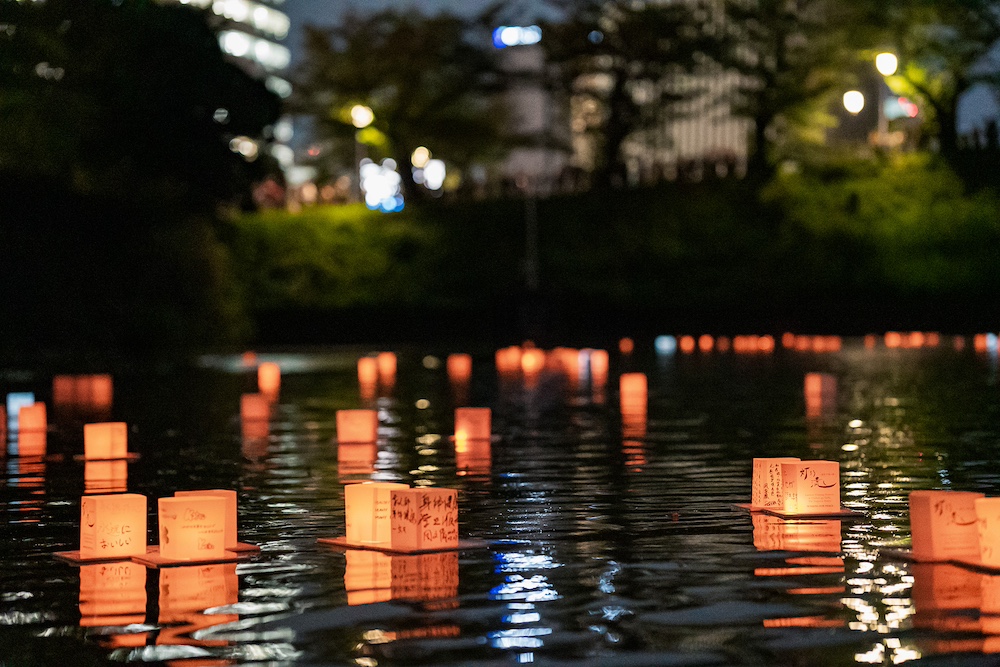
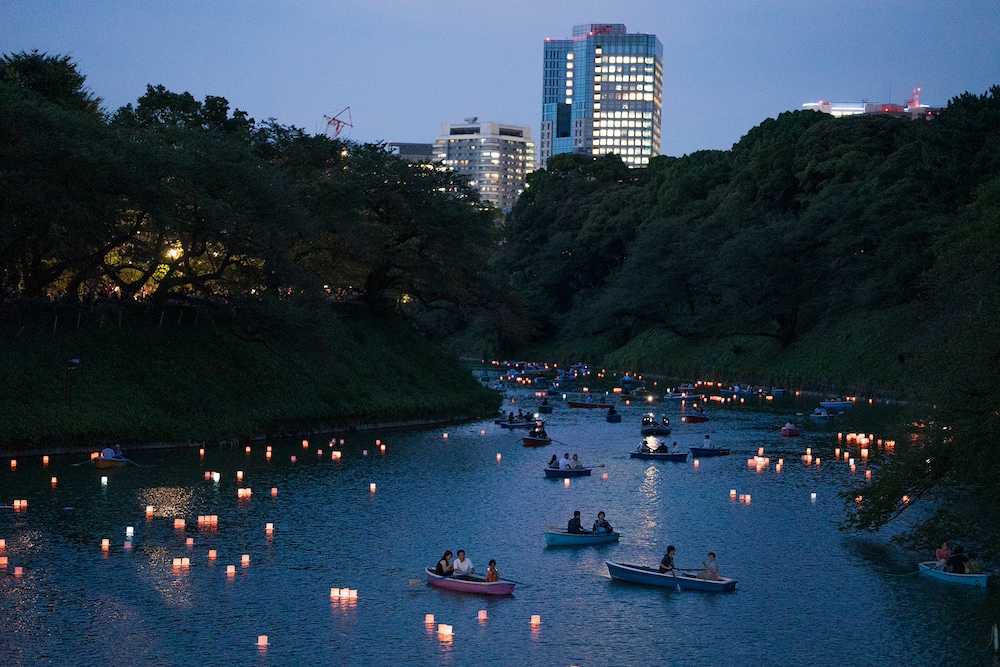
Related story: Why Thailand’s Yi Peng Lantern Festival should be on your holiday travel list
This year’s two-day festival is set to take place on July 30 and 31, at 7 pm onwards. And there are several ways fans of lantern festivals—or simply those looking for romantic experiences to try this year—can take part in the breathtaking cultural celebration.
If you happen to be in Tokyo on those days, you can simply head to the Imperial Palace, enjoy a stroll around its moat, and enjoy the lanterns from a distance, all for free.
For a better experience, you can instead purchase a lantern on the event’s official website for 2,000 JPY and write your wishes on it on the day itself. Then, a staff member of Chiyoda City’s Tourism Association will light it up and make it float on the moat on your behalf. Take note, though, that lanterns must be purchased way in advance, from June 5 to July 2 only.
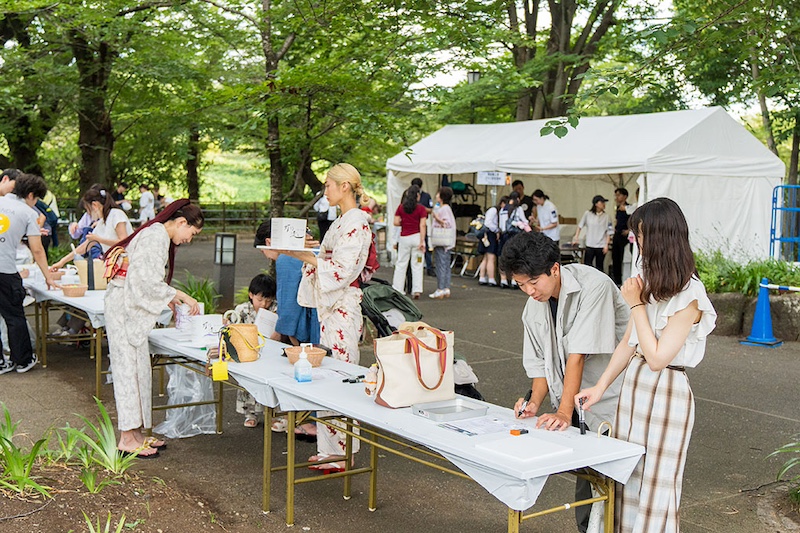
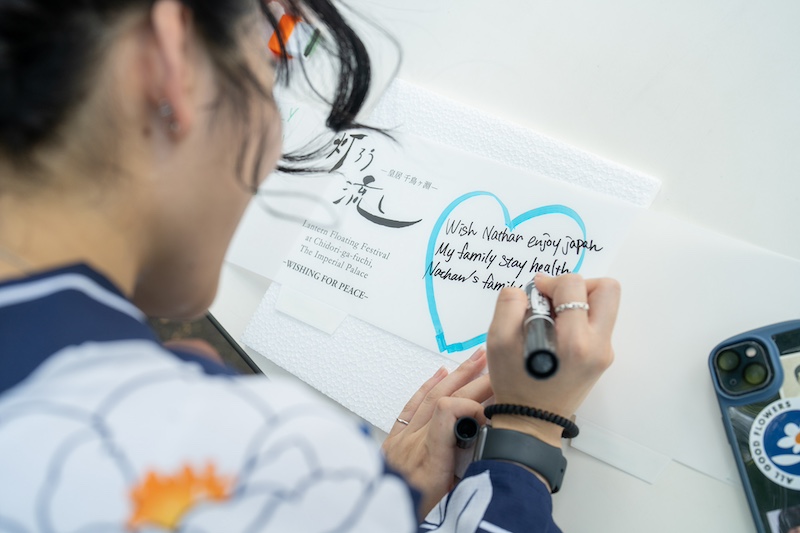

Related story: Picture perfect: 8 best spots to capture the beauty of cherry blossoms and Mt. Fuji
Related story: Visiting Japan? Dinner in the Sky will take your dining experience to greater heights
Still, festivals are best enjoyed by diving right into the core of the experience. At the Chidori-ga-fuchi Moat Lantern Festival, guests can board boats and float the lanterns themselves with the night sky and illuminated waters as the backdrop.
The package, which costs 10,000 JPY, includes a one-hour boat ride and three lanterns where you will be writing your wishes on before making them float on water. Registration is now open on the event’s website, with participants being selected via lottery. Only 80 groups will be accommodated per day, with a maximum of three people per group. Better register early, as applications will close on June 17.
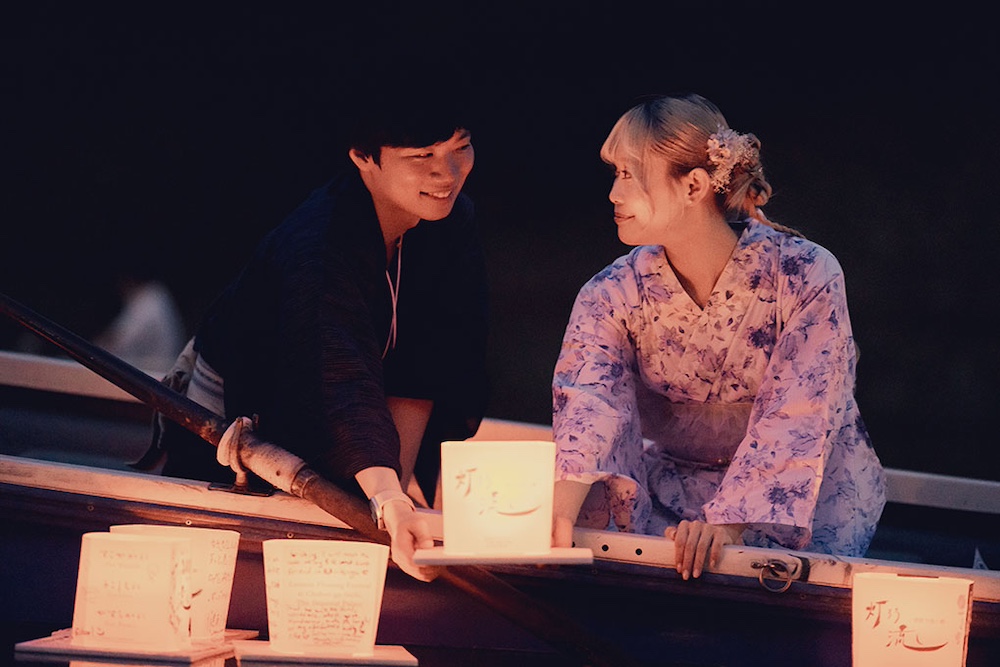
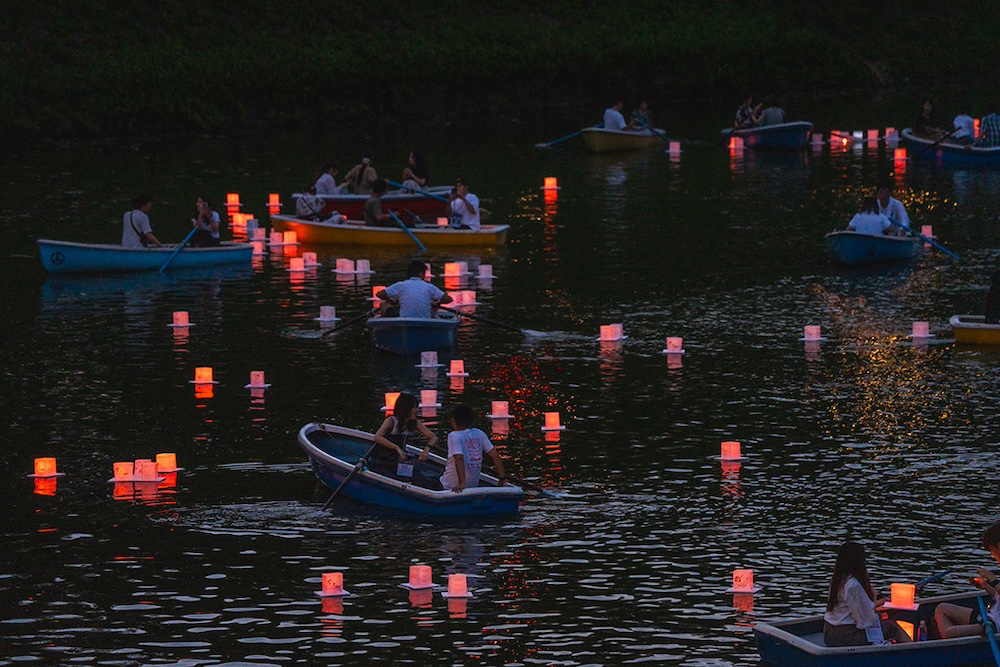
Chiyoda City Tourism Association said that a portion of the proceeds will be donated to the conservation of the Chidori-ga-fuchi Moat, which is one of the most important tourist resources in Chiyoda City.
To get to the moat, take a train either through the Tokyo Metro Tozai Line, Hanzomon Line, or Toei Shinjuku Line to Kadanshita Station. You can also ride the Hanzomon Line to Hanzomon Station. Both Kadanshita and Hanzomon stations are just a five-minute walk to the Chidori-ga-fuchi Moat.
If you’re traveling to Tokyo at an earlier date, you can join the Tanabata Sky Lantern festival, which takes place in several areas in Ueno and Asakusa. Like Chidori-ga-fuchi, the Tanabata is a traditional Japanese festival, where people write wishes on strips of paper and hang them on floating lanterns to be launched into the sky. The four-day festival is set to take place on July 7 this year.
All photos from Chiyoda City Tourism Association
Related story: EXPLAINER: What to know about Japan’s revised visa application process for Filipinos
Related story: Japan by train series: Tokyo on a shoestring via JR Yamanote Line






